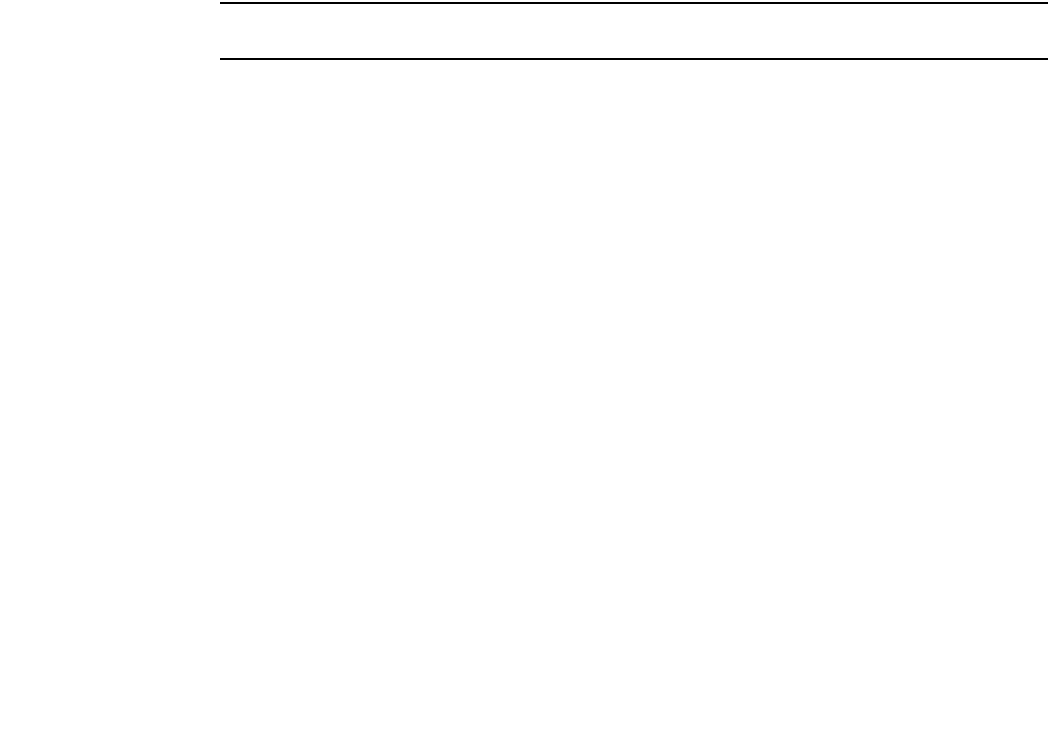Home Theater Server User Manual
Table Of Contents
- Contents
- About This Document
- Network Security
- TCP SYN attacks
- IP TCP syn-proxy
- Granular application of syn-proxy feature
- Syn-def
- No response to non-SYN first packet of a TCP flow
- Prioritizing management traffic
- Peak BP utilization with TRAP
- Transaction Rate Limit (TRL)
- Understanding transaction rate limit
- Configuring transaction rate limit
- Configuring the maximum number of rules
- Saving a TRL configuration
- Transaction rate limit command reference
- Global TRL
- TRL plus security ACL-ID
- security acl-id
- Transaction rate limit hold-down value
- Displaying TRL rules statistics
- Displaying TRL rules in a policy
- Displaying IP address with held down traffic
- Refusing new connections from a specified IP address
- HTTP TRL
- Overview of HTTP TRL
- Configuring HTTP TRL
- Displaying HTTP TRL
- Display all HTTP TRL policies
- Display HTTP TRL policy from index
- Display HTTP TRL policy client
- Display HTTP TRL policy starting from index
- Display HTTP TRL policy matching a regular expression
- Display HTTP TRL policy client index (MP)
- Display HTTP TRL policy client index (BP)
- Display HTTP TRL policy for all client entries (BP)
- Downloading an HTTP TRL policy through TFTP
- HTTP TRL policy commands
- Logging for DoS Attacks
- Maximum connections
- clear statistics dos-attack
- Maximum concurrent connection limit per client
- Firewall load balancing enhancements
- Syn-cookie threshhold trap
- Service port attack protection in hardware
- Traffic segmentation
- DNS attack protection
- Access Control List
- How ServerIron processes ACLs
- Default ACL action
- Types of IP ACLs
- ACL IDs and entries
- ACL entries and the Layer 4 CAM
- Configuring numbered and named ACLs
- Modifying ACLs
- Displaying a list of ACL entries
- Applying an ACLs to interfaces
- ACL logging
- Dropping all fragments that exactly match a flow-based ACL
- Enabling ACL filtering of fragmented packets
- Enabling hardware filtering for packets denied by flow-based ACLs
- Enabling strict TCP or UDP mode for flow-based ACLs
- ACLs and ICMP
- Using ACLs and NAT on the same interface (flow-based ACLs)
- Displaying ACL bindings
- Troubleshooting rule-based ACLs
- IPv6 Access Control Lists
- Network Address Translation
- Syn-Proxy and DoS Protection
- Understanding Syn-Proxy
- Configuring Syn-Proxy
- DDoS protection
- Configuring a security filter
- Configuring a Generic Rule
- Configuring a rule for common attack types
- Configuring a rule for ip-option attack types
- Configuring a rule for icmp-type options
- Configuring a rule for IPv6 ICMP types
- Configuring a rule for IPv6 ext header types
- Binding the filter to an interface
- Clearing DOS attack statistics
- Clearing all DDOS Filter & Attack Counters
- Logging for DoS attacks
- Displaying security filter statistics
- Address-sweep and port-scan logging
- Secure Socket Layer (SSL) Acceleration
- SSL overview
- SSL acceleration on the ServerIron ADX
- Configuring SSL on a ServerIron ADX
- Basic SSL profile configuration
- Advanced SSL profile configuration
- Configuring Real and Virtual Servers for SSL Termination and Proxy Mode
- Configuration Examples for SSL Termination and Proxy Modes
- SSL debug and troubleshooting commands
- Displaying socket information

ServerIron ADX Security Guide 15
53-1002440-03
Transaction Rate Limit (TRL)
1
ServerIronADX(config)# interface ethernet 1/1
ServerIronADX(config-if-1/1)# ip tcp trans-rate 80
where <ports> sets one or more TCP or UDP ports to monitor. With TRL, the ServerIron can monitor
up to 4 specific ports. The ServerIron can also monitor traffic to all the ports by configuring the
default port.
TRL plus security ACL-ID
Even though TRL is applied to an interface and effects all traffic received on this interface, with the
security acl-id <acl-num> command TRL can be applied only to specific traffic coming in on that
interface.Refer to “security acl-id” on page 15.
security acl-id
The security global command accepts acl-id <acl-num> as a parameter.
Syntax: [no] security acl-id <id>
Example
ServerIronADX(config)# security acl-id 4
Once security acl-id <acl-num> is configured, only packets matching the configured ACL will be
subject to the L4 security rules configured on the system. (Specifically, TRL and manual hold down
will take effect only for packets matching this configured ACL). If you want specific traffic to bypass
the L4 security features, then do not include those IP addresses in the access list.
NOTE
The security acl-id takes precedence over all TRL configuration.
Transaction rate limit hold-down value
if you configure "hold down 0," the incoming request is not held down. Instead it generates a log.
Displaying TRL rules statistics
You can display statistics for TRL rules as shown.
Syntax: show client-trl rules-stat
Displaying TRL rules in a policy
You can display TRL rules in a policy as shown.
ServerIronADX#show client-trl rules-stat
Policy-Name default-rule ipv4-rules-alloted ipv4-rules-added ipv6-rules-alloted ipv6-rules-added
trl1 0 2500 0 2500 0
trl2 0 2500 0 2500 0
trl3 0 2500 0 2500 0
Global ipv4 rule num: 2500, total-alloted-ipv4-rules: 7500
Global ipv6 rule num: 2500, total-alloted-ipv6-rules: 7500










